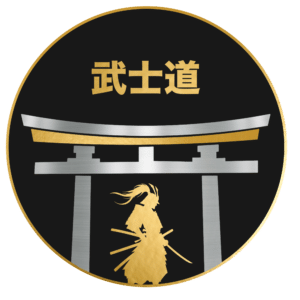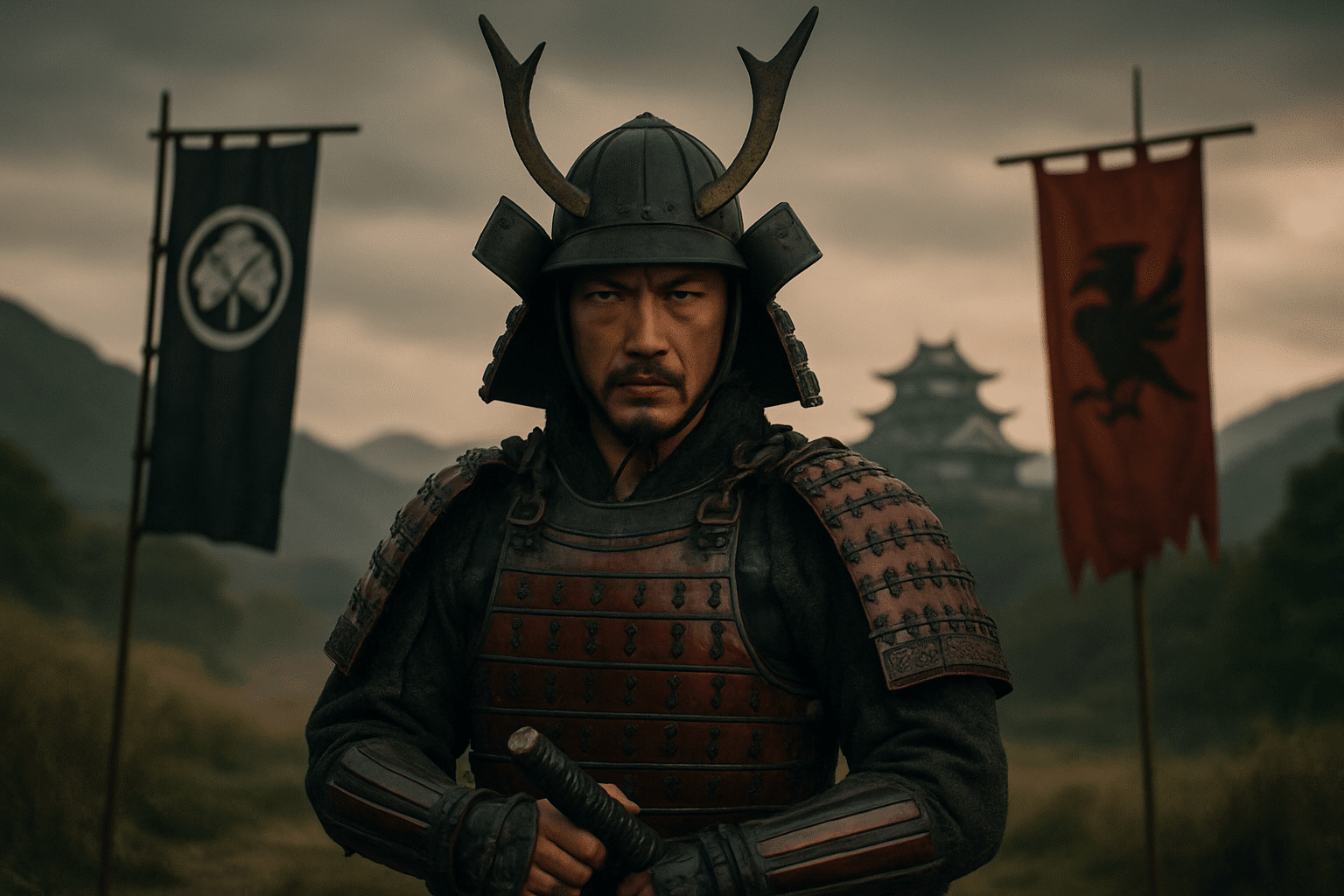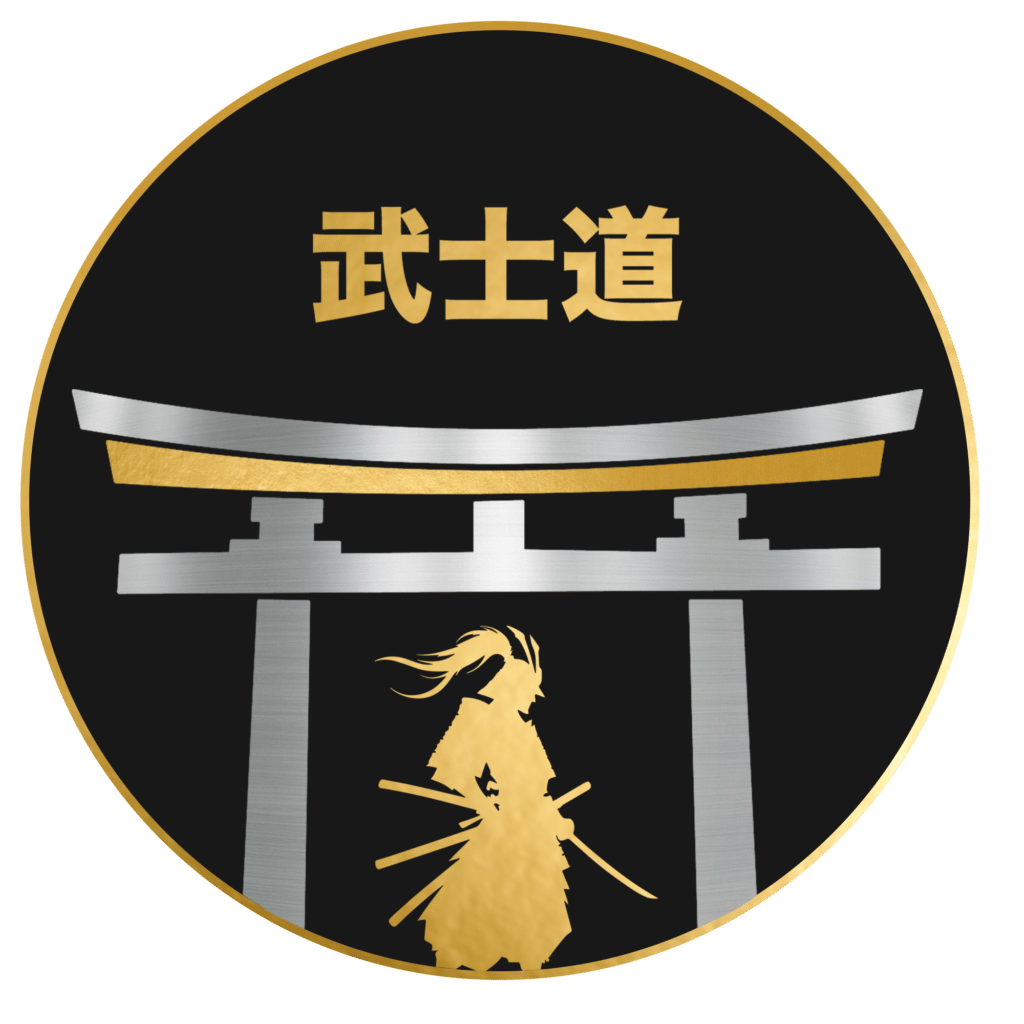Introduction: The Order Within Chaos
In the heart of Japan’s past lies a time of unrest. From the 12th to the 17th century, warlords clashed, alliances shifted, and chaos reigned. This was the age of the samurai—an era marked by violence, honor, and a relentless pursuit of order.
Amid fractured rule and civil war, warrior clans rose to power. They did not only fight; they governed. Clan leaders became de facto rulers, their swords carving out domains of control and influence. What emerged was a new order—feudal in form, yet shaped by the code of bushidō and the discipline of the blade.
These clans gave structure to disorder. They secured lands, taxed villagers, built castles. They patronized the arts, maintained temples, and spread martial ideals across provinces. Through the discipline they lived by, a fractured country found its spine.
Feudal Japan was not peaceful, but it was not lawless. Through blood and loyalty, the samurai brought a kind of balance. A quiet structure amid the storm. This is the story of the clans who forged a nation in the crucible of chaos.
The Rise of the Samurai Clan System
As imperial power waned in Heian-era Japan, order broke apart. The emperor’s court, once the heart of governance, lost its grip over distant provinces. In that vacuum, local warrior families stepped forward.
These families were the early samurai clans. They gained influence not through birthright, but through force, discipline, and loyalty. Their strength lay in skill at arms and control of farmland. Land meant wealth. Wealth paid warriors. Warriors defended land. A cycle began.
Each clan built its own base of power. They pledged fealty to stronger houses when needed, but their loyalty was practical—not sentimental. Alliances shifted. Honor guided choices, but so did survival.
Over time, the strongest clans absorbed the weak. Power consolidated. Local skirmishes became regional wars. A new structure formed: one built not on palace decrees, but on sword and duty.
This was the foundation of Japan’s feudal era. A country ruled not by courtiers, but by warriors—rooted in clan, sharpened by conflict, and bound by code.
Code and Kinship: Loyalty Within the Clan
Loyalty was the heart of the samurai clan. It bound lord to vassal, father to son, brother to brother. This loyalty was not casual—it was a sacred duty rooted in bushidō, the “way of the warrior.”
Bushidō taught honor, self-discipline, and sacrifice. A samurai’s word was his bond. Betrayal was unthinkable. If a warrior failed, he took responsibility through ritual suicide—seppuku—to preserve his name and his family’s honor.
Clans were more than bloodlines; they were living codes. Every member served a greater purpose. They trained side by side, ate together, died together. Their unity was quiet but unbreakable.
Internal disputes were rare. The code discouraged personal ambition. Loyalty to the daimyō—the clan leader—came first. Personal feelings second. This kept the clan stable. It held their world in place.
Honor ran deep. So did memory. A samurai’s loyalty lived on through generations. Ancestors watched. Descendants followed the same path. The code endured.
In this way, bushidō was more than philosophy—it was structure. It gave order to life and death. It made the clan strong, inside and out.
Alliances Forged in War and Marriage
Power among the samurai was rarely secured by the sword alone. Clans formed alliances through careful negotiation, common foes, and marriage. Each bond was a step toward greater influence—or survival.
Treaties often followed battle. A defeated rival might become a reluctant ally. Shared threats, like a powerful neighbor or rebellious vassals, pushed enemies into uneasy cooperation. These arrangements were fragile but could hold as long as interests aligned.
Marriage was a political tool, not a private affair. Daughters were pledged to solidify ties. Sons were wed to bring new lands into reach. A single union might bind two clans for a generation or bring swift betrayal when ambition outweighed loyalty.
These alliances shaped the map of feudal Japan. Castles changed hands without bloodshed. Peace settled between clans who had once fought fiercely. Yet peace was never permanent. Alliances lasted only as long as they served the pursuit of power.
Betrayals That Shaped History
Loyalty is the soul of a clan. Betrayal is its undoing.
In 1582, Akechi Mitsuhide turned on his lord, Oda Nobunaga. At Honnō-ji, where Nobunaga rested, Mitsuhide struck. Trapped and outnumbered, Nobunaga chose death by seppuku. Just eleven days later, Toyotomi Hideyoshi avenged him at the Battle of Yamazaki. Mitsuhide’s betrayal opened a path, but it was Hideyoshi who walked it to power.
Earlier, in the 16th century, the Hojo clan misjudged allegiances. They failed to support their ally, the Takeda, in a moment of need. When the Takeda fell, the Hojo stood alone. In 1590, Hideyoshi surrounded Odawara Castle. The Hojo surrendered after three months. Their influence ended. A broken alliance had left them exposed.
Even minor betrayals bore weight. A retainer’s hidden grudge. A general’s secret pact. Families crumbled, castles fell, and provinces changed hands. A single false promise could reshape a map.
Betrayal cuts deeper than the sword. It shatters more than trust—it shifts power, redraws lines, and sometimes, ends dynasties. In the world of the samurai, loyalty was priceless. Its absence, deadly.
Power Struggles and the Road to Shogunate Rule
As Japan moved deeper into the feudal era, power fractured. The emperor remained a figurehead. Real control shifted to the clans—armed, ambitious, and unwilling to yield.
Tensions rose. Lands were contested. Honor demanded retaliation. Clan fought clan, each seeking dominance through force and alliance.
The Genpei War (1180–1185) became the turning point. The Taira and Minamoto clashed in a brutal struggle. Blood stained the path to power. The Minamoto emerged victorious.
In 1192, Minamoto no Yoritomo claimed the title of shogun. A new order was born—the shogunate.
This military government bypassed the imperial court. It ruled through strength and duty. Samurai served their lords with unwavering loyalty. The code of Bushidō began to form.
Power was now defined by swords, not scrolls. Regional clans submitted, not to the throne, but to the shogun. Japan, once scattered by conflict, found unity under a warrior’s rule.
Legacy of the Clan Era
The samurai clan era shaped Japan’s core. Its values still echo today.
Honor, loyalty, and discipline guided the clans. These were not ideals—they were rules to live by. That spirit remains. In homes. In schools. In the workplace.
The clan’s strict hierarchy formed early models of governance. Leaders led by duty. Subjects followed with respect. This order laid the groundwork for Japan’s emphasis on harmony and social responsibility.
Family and lineage mattered. So did duty to others. These ideas still mold social behavior in modern Japan. They appear in bowing. In silence over conflict. In the deep care taken in every task.
Education was revered. The warriors studied not just martial skill, but literature, calligraphy, and philosophy. Today, academic discipline echoes that balance—mind and body, intellect and conduct.
Even Japan’s business world reflects the clan structure. Clear roles. Collective effort. Long-term commitment.
The samurai are gone, but their code is not. It lives in calm attention. In quiet strength. In the way Japan moves forward—guided by the steady hand of its past.
Conclusion: Discipline Beyond the Sword
The age of the samurai has passed, but their influence remains. Their discipline shaped more than war—it shaped thought, governance, and art. Samurai leaders mastered not only tactics but also diplomacy. Their clans built structures of power that still echo in Japan’s political fabric.
The code they lived by—honor, duty, restraint—left marks deeper than steel. You find it in brushstrokes of ink, in the quiet of a tea room, in the balance of tradition and change.
To study the samurai is not just to remember warriors, but to witness a disciplined way of life. A sharp blade is just one aspect. The sharper focus lies within.





